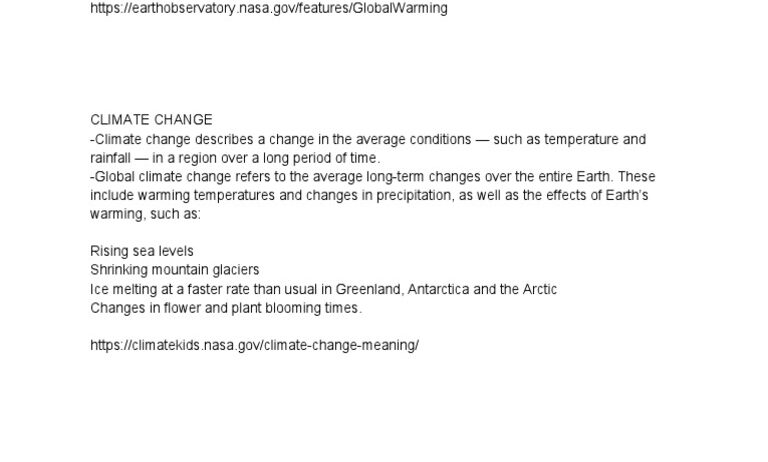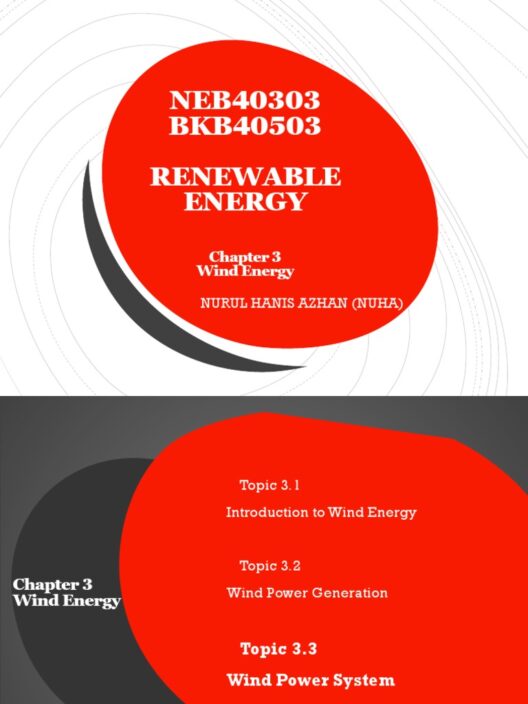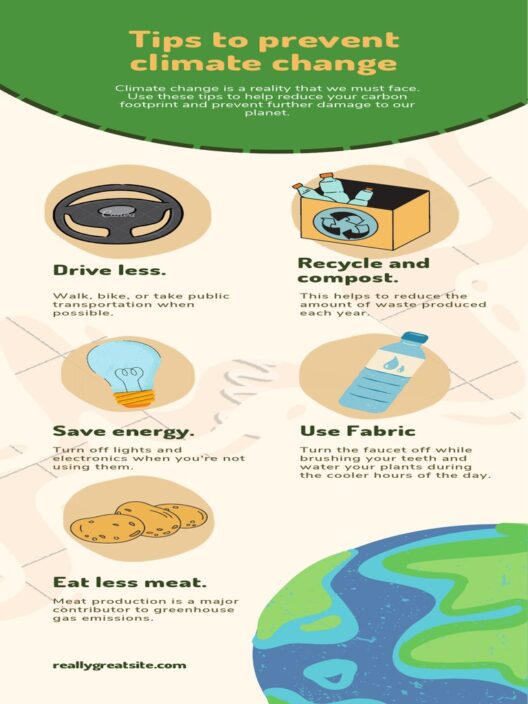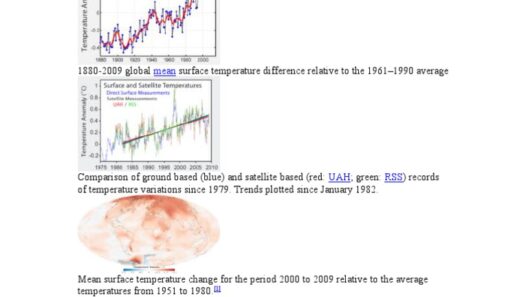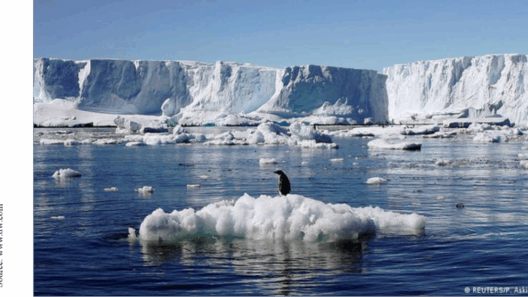Global warming is a term that elicits varying degrees of concern and curiosity. It refers to the long-term elevation of Earth’s average surface temperature due to human-induced emissions of greenhouse gases (GHGs). This phenomenon not only impacts our climate but also extends its tentacles into every aspect of life on this planet, from ecosystems to economies. Understanding global warming elucidates not just its technical aspects but also its significant implications for humanity.
At the heart of the discourse on global warming lies the greenhouse effect, a natural process that keeps our planet warm enough to sustain life. But how exactly do human activities exacerbate this effect? The burning of fossil fuels like coal, oil, and gas releases substantial amounts of carbon dioxide (CO2) and other greenhouse gases into the atmosphere. Deforestation and industrial processes compound this issue, leading to an environment that traps heat more efficiently. This is not a mere fluctuation in temperature; it is a perilous shift with dire consequences for the future.
So, let us delve deeper into the concept of global warming and its myriad implications.
The Science Behind Global Warming
To grasp the complexities of global warming, one must first understand the science that underpins it. The Earth receives energy from the Sun, most of which is absorbed by the surface and then radiated back into space in the form of infrared radiation. However, greenhouse gases, such as CO2, methane (CH4), and nitrous oxide (N2O), absorb and re-emit this radiation, causing an increase in the atmospheric temperature.
Global warming has been documented painstakingly through various scientific studies, revealing alarming trends. Data showcases that the average global temperature has risen by approximately 1.2 degrees Celsius since the late 19th century. As a result, we witness more frequent and severe heatwaves, changing precipitation patterns, and an increase in the frequency of extreme weather events. These alterations disrupt the delicate balance maintained in nature and have cascading effects on biodiversity.
Major Contributors to Global Warming
Identifying the primary contributors to global warming is crucial for devising effective strategies for mitigation. The leading sources of greenhouse gas emissions include:
Fossil Fuel Combustion: The burning of fossil fuels for electricity, heat, and transportation is the largest single source of global greenhouse gas emissions. Each automobile, each power plant adding CO2 and methane to the atmosphere accelerates the pace of warming.
Agricultural Practices: Agriculture not only consumes significant amounts of fossil fuels but also produces GHGs through livestock digestion and the usage of synthetic fertilizers. Methane, a highly potent greenhouse gas, is released in large volumes by ruminant animals and during rice cultivation.
Deforestation: Trees act as carbon sinks, absorbing CO2 while releasing oxygen. However, large-scale deforestation transforms forests into sources of greenhouse gas emissions. Instead of absorbing carbon, the cut-down trees decompose and release accumulated carbon back into the atmosphere, accelerating global warming.
Industrial Processes: Manufacturing, mining, and other industrial activities contribute significantly to GHG emissions through chemical reactions that occur during production. These processes often release substances like hydrofluorocarbons (HFCs), which are potent greenhouse gases.
Impacts of Global Warming
The ramifications of global warming are manifold and deeply concerning. Its effects can be seen across various domains, each intertwined with human life. Let’s examine how global warming manifests in our world:
Environmental Changes: Ecosystems worldwide are undergoing changes, leading to the extinction of vulnerable species. Coral reefs, often termed the “rainforests of the sea,” are bleached and killed off due to higher sea temperatures, while terrestrial species shift their habitats in search of cooler environments.
Human Health Risks: The relationship between global warming and human health is profound. Heat-related illnesses, respiratory disorders due to increased pollution levels, and the spread of vector-borne diseases such as malaria and dengue fever are on the rise as climates shift. Extreme weather events also lead to direct injuries and fatalities.
Economic Consequences: The economic toll is steep. Agriculture faces challenges with unpredictable weather patterns affecting crop yields. Coastal cities are threatened by rising sea levels, prompting massive financial expenditures for infrastructure adaptation and disaster recovery. Businesses are forced to innovate or face obsolescence in a rapidly changing environment.
Global Warming and Climate Action
Recognizing the threats posed by global warming is the first step towards counteraction. Global initiatives like the Paris Agreement pivot around reducing greenhouse gas emissions and establishing national commitments to climate action. Such agreements signify a collective understanding that unilateral efforts fall short of addressing a crisis that transcends national borders.
The transition to renewable energy sources, such as solar and wind, promises a way forward that diminishes dependence on fossil fuels. Moreover, enhancing energy efficiency, reforestation efforts, and promoting sustainable agriculture are paramount in the fight against global warming.
Conclusion
In summation, global warming embodies a critical challenge that humanity must confront urgently. Understanding its mechanics, impacts, and the breadth of its repercussions equips us to act decisively. The ongoing changes in our climate are not abstract concepts; they are manifested realities that compel immediate addressing. The dialogue surrounding global warming must evolve beyond awareness into meaningful action, for the welfare of future generations hinges on our choices today.



